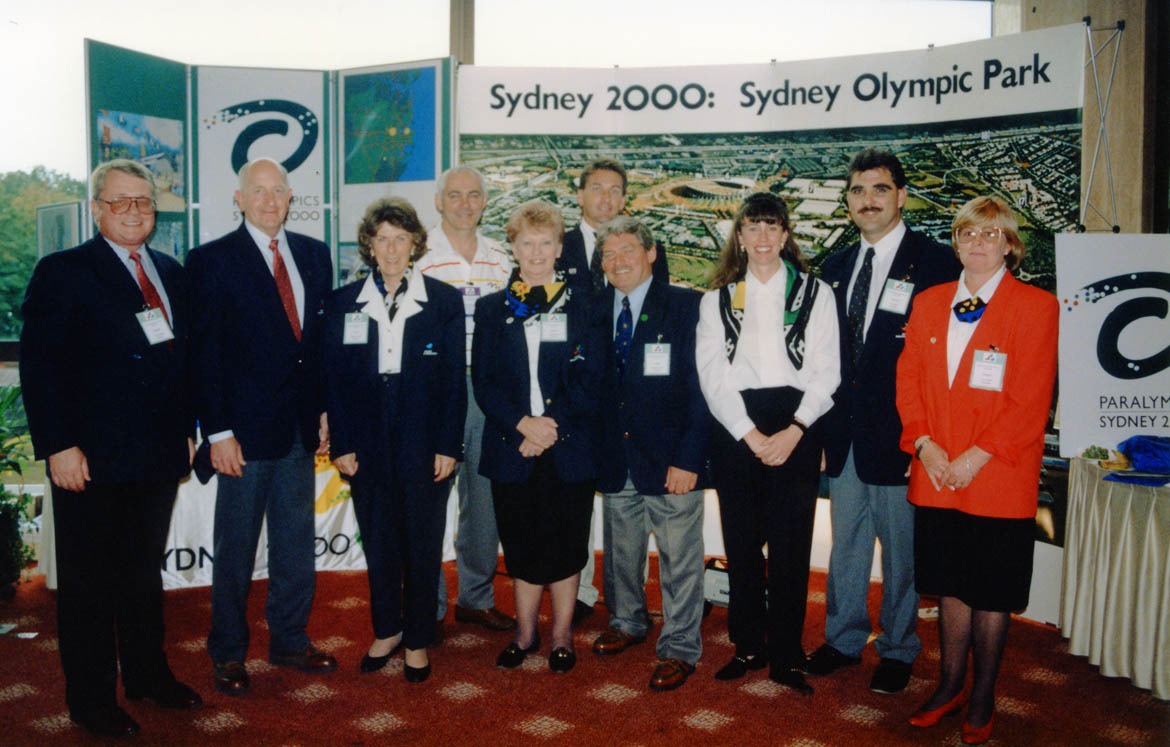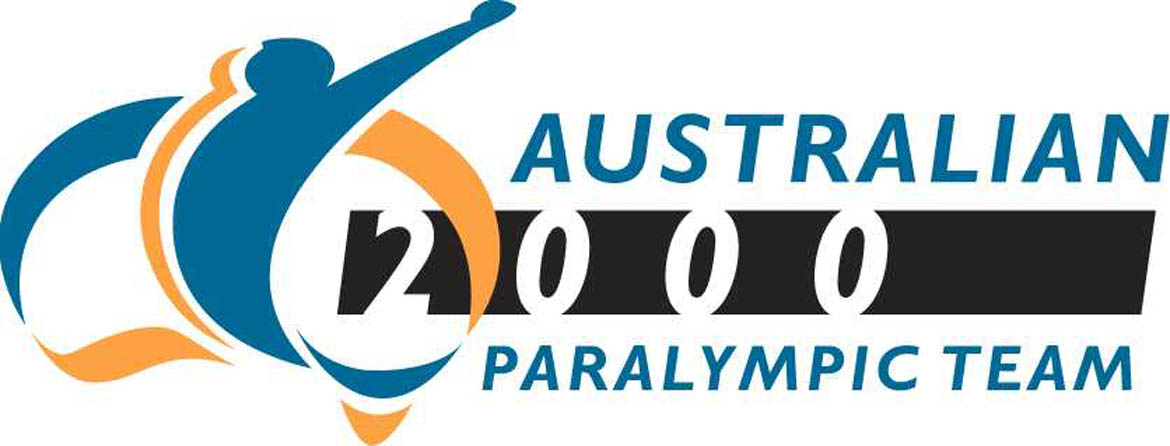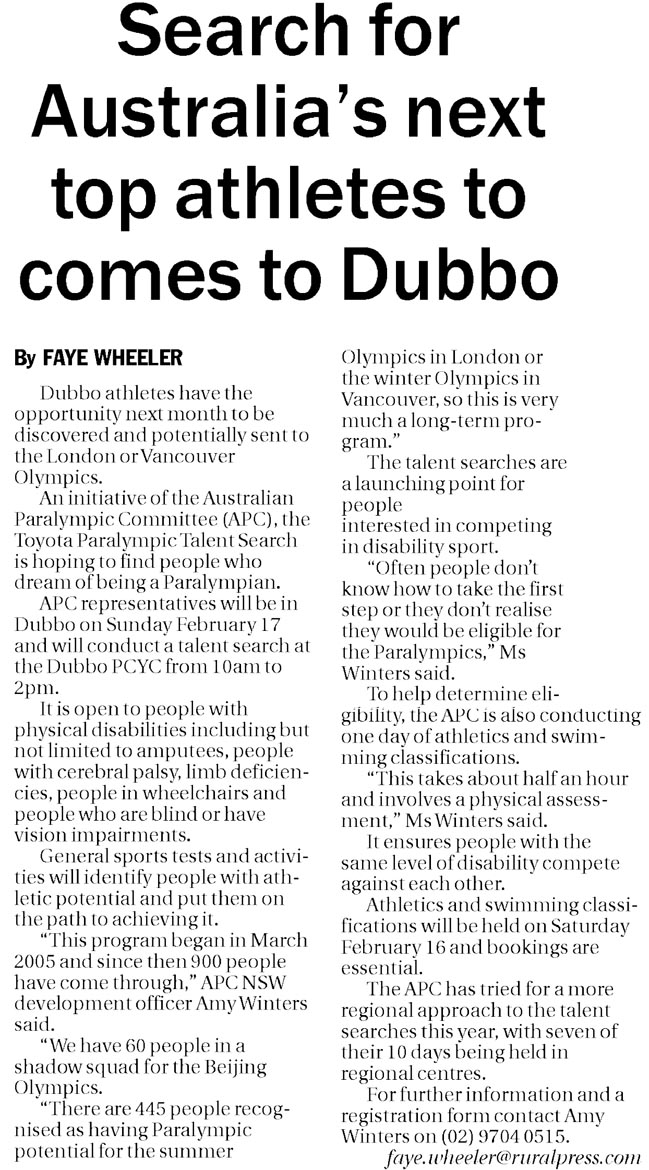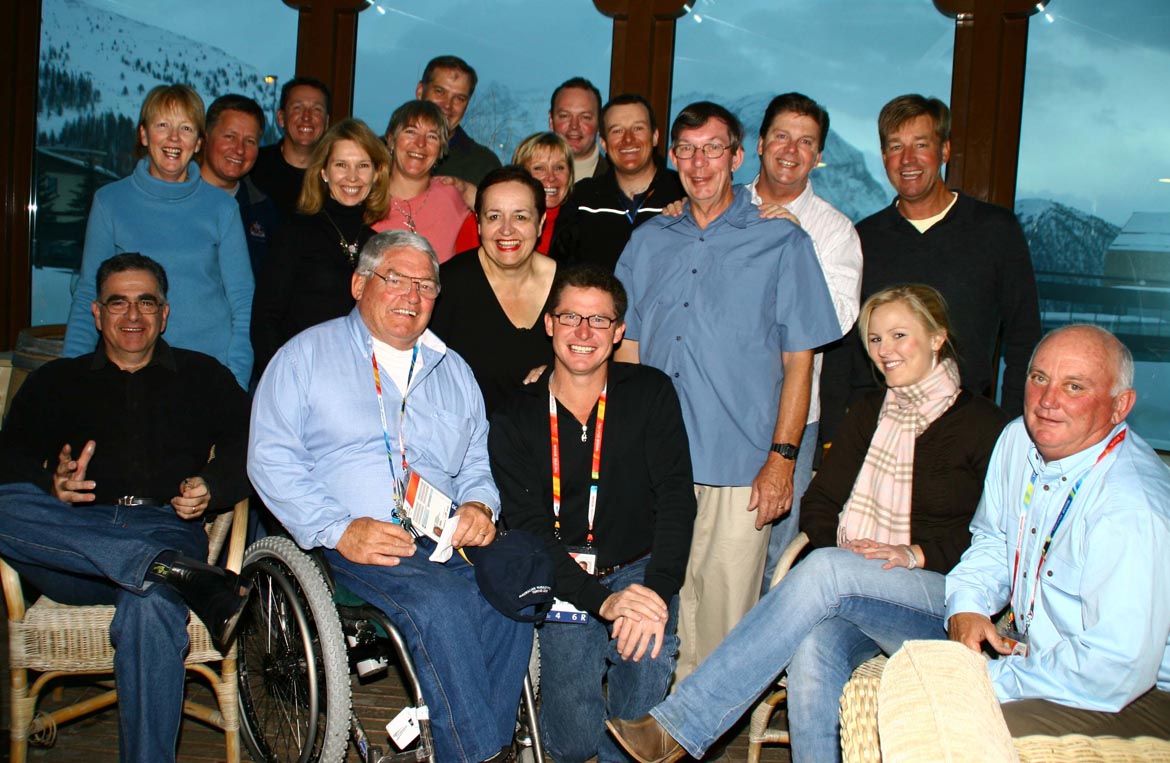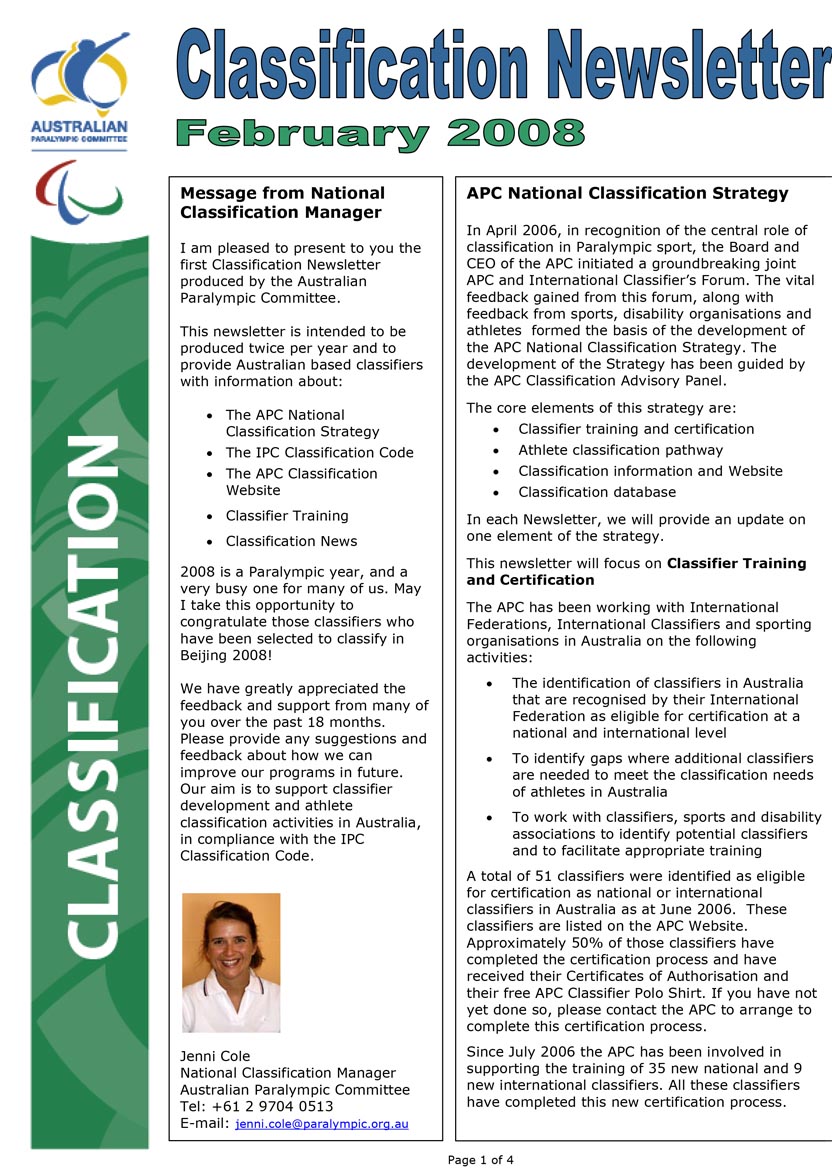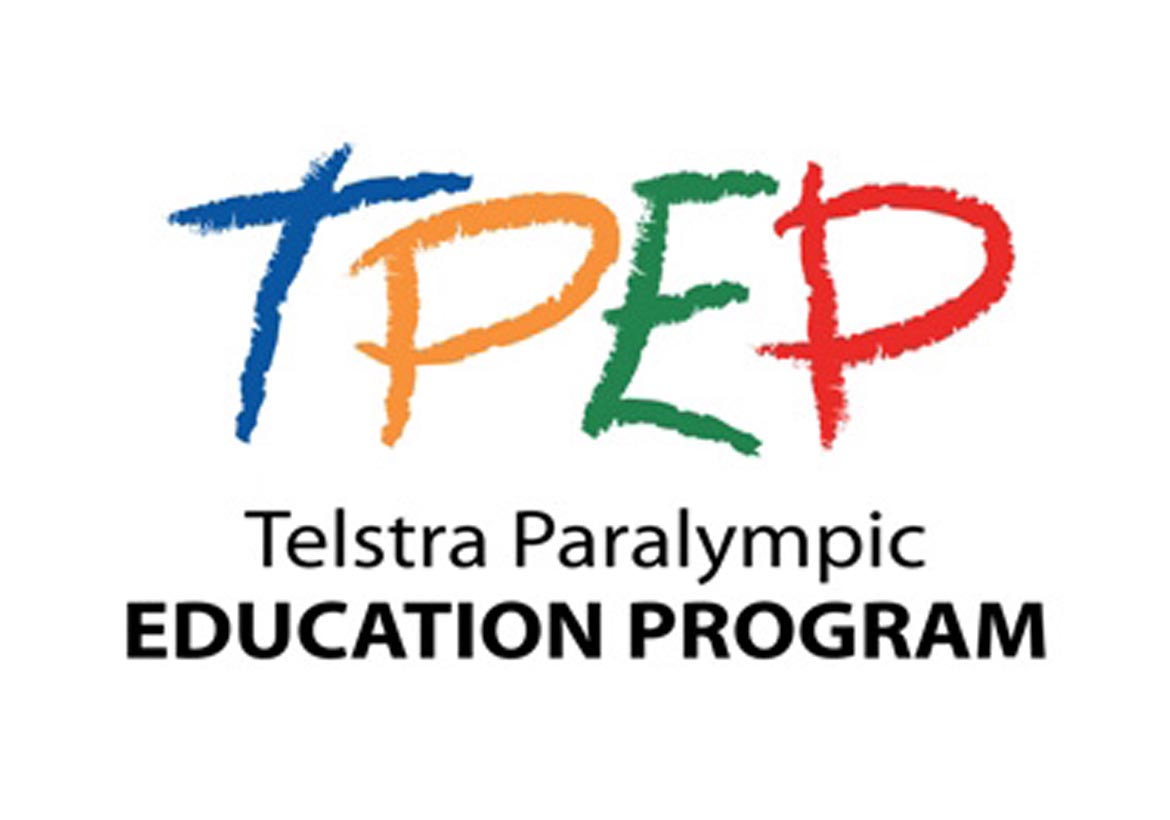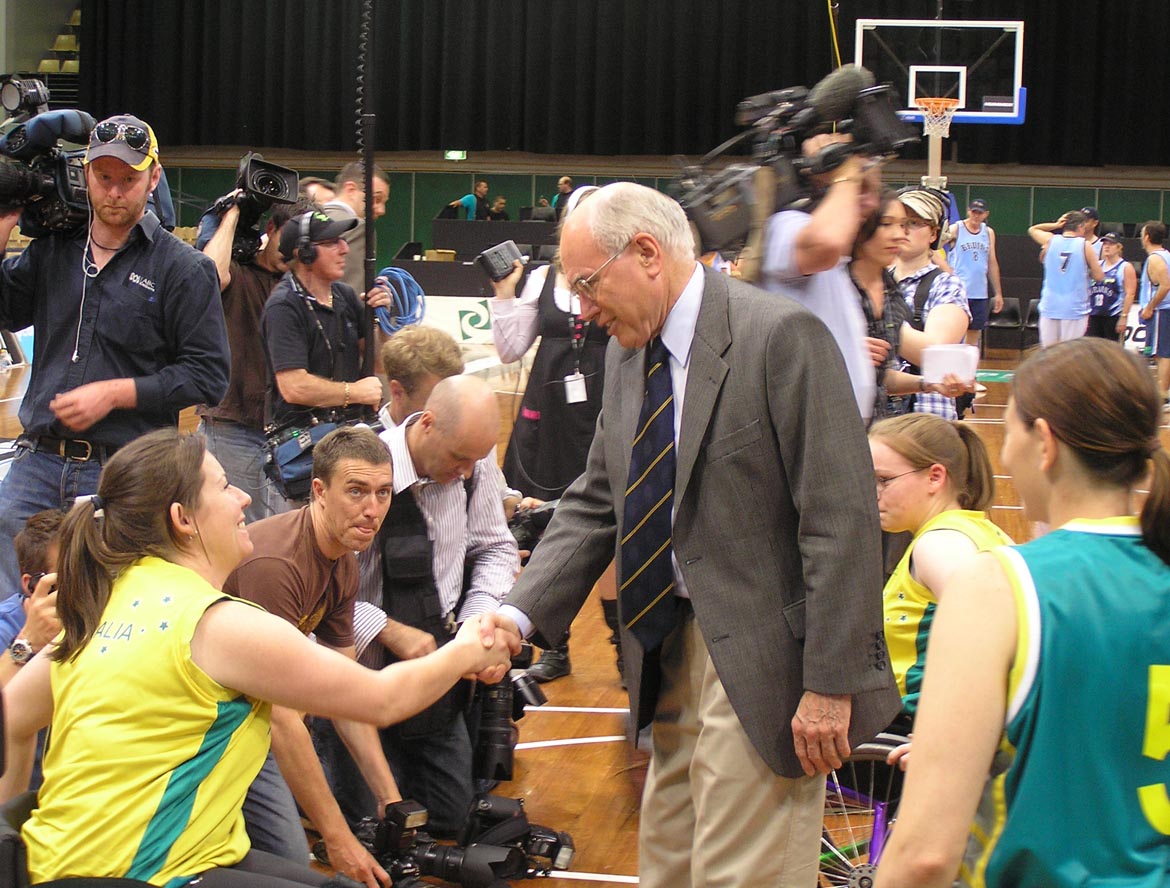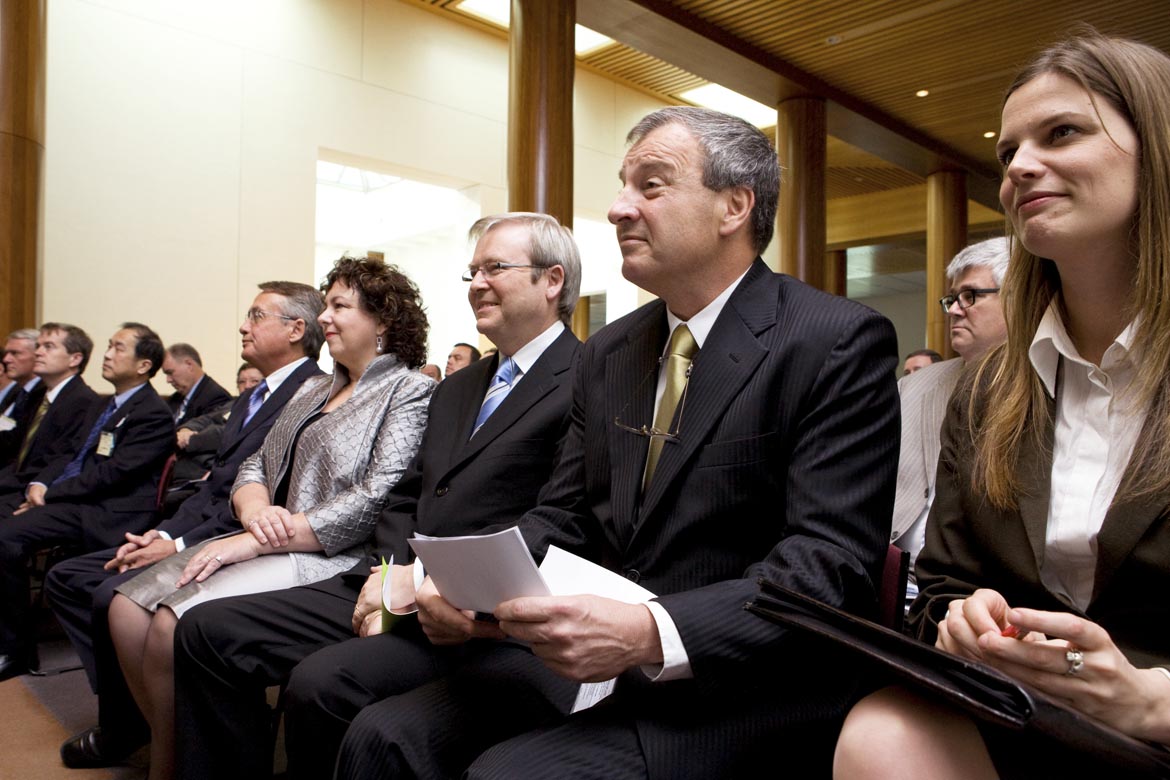Paralympics Australia (PA) is the organisation responsible for the Australian Paralympic Team.
Paralympics Australia represents the Paralympic movement in Australia and internationally. It selects the Australian Paralympic Team, sends the Team to the summer and winter Paralympic Games and manages the Team before and during the Games. Its core role also incorporates marketing the Team (sponsorship and fundraising) and public awareness.
To support its primary role, PA assists its members to develop disability sport in Australia and helps Australians with disabilities to participate in sport and compete at the Paralympics through partnerships with governments, business, sporting bodies and the community.
The members of PA are national sports federations (NFs) and national sporting organisations for the disabled (NSODs).
You can find out more about PA here.
However, PA only came into existence in January 1990, when the Australian Paralympic Federation was created. For more than 30 years prior to that, there was no single organisation dedicated to overseeing the Paralympic movement in Australia.
When the first team of athletes with a disability left Australia’s shores to compete in the 1957 Stoke Mandeville Games, the administration and nomination of the team was easily managed by Dr George Bedbrook and his staff at the Royal Perth Hospital. Bedbrook, as the director of Australia’s first spinal unit, had been issued the invitation in person as a challenge by Ludwig Guttmann, the director of the spinal unit at Stoke Mandeville, and he took it upon himself to oversee the selection and management of the team.
By the time of the first Paralympic Games, in 1960, an organisation had been created to support people with spinal cord injuries – the Australian Paraplegic Council. As one of its roles, it oversaw the selection and fundraising for the Australian Paralympic Team. After a number of years, this role passed to a sub-committee of what had become the Australian Paraplegic and Quadriplegic Council.
When other disability groups were included in the Paralympics in 1976, this created the need to develop other disability sport organisations to manage and select athletes from those groups. As a result, the Australian Paralympic Team became a team of teams – with each disability group selecting and even outfitting its own team.
That situation couldn’t last and a new group, the Australian Confederation of Sports for the Disabled (ACSD) played an increasing role until, for the 1988 Paralympics, it took on full responsibility for the team and launched a successful national fundraising campaign.
However, the ACSD’s members saw the need to create an organisation specifically to oversee the Australian Paralympic Team and so the Australian Paralympic Federation was established. This later changed its name to the Australian Paralympic Committee and then, in 2019, Paralympics Australia.
Click the “BEGIN” button on the bottom right of the screen if you are on a computer or just scroll down on a hand held device to see a detailed timeline which traces the history of the structure and organisation of Paralympic sport in Australia.





